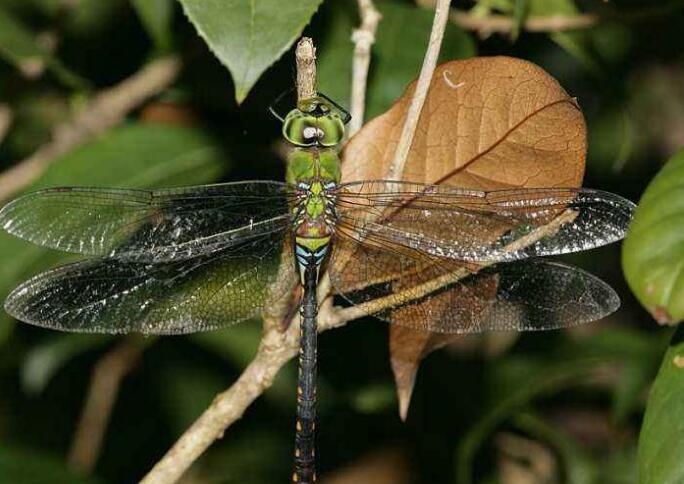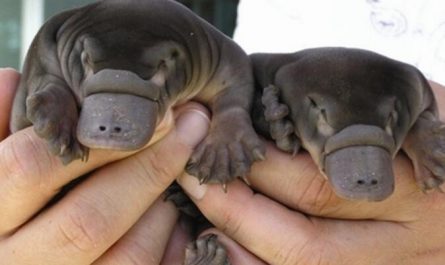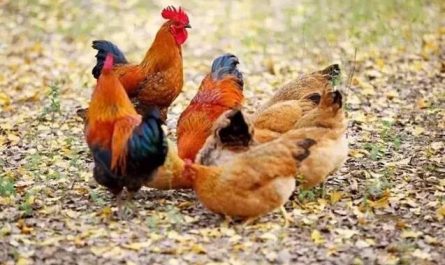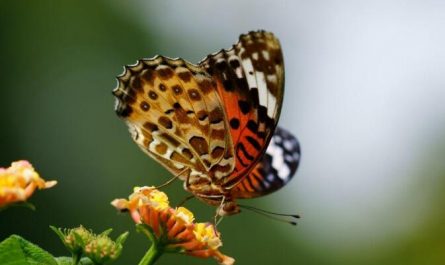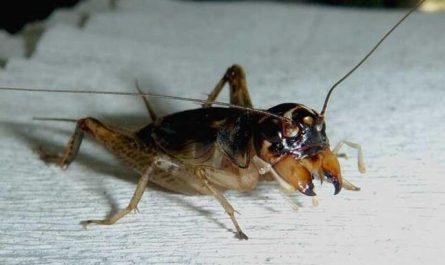Causes of insects becoming light
The phototaxis of insects: In animals that do not have receptor differentiation, such as paramecium, there is a phototaxis performance, but most animals are photosensitive through the eyes. This has become the main factor of animal actions. There are two types of light stimulation:
One is the light stimulation scattered by the light source, and the other is the diffuse light stimulation with different illumination gradients.
The mechanism of phototaxis is also very different, ranging from non-directional tropism to directional tropism. In the study of phototaxis, people have obtained several different action spectra, and found that some secondary stimulus factors such as temperature, brightness and chemical substances have certain influence on many phototaxis.
In addition, there are many animals that exhibit unique tropism to light stimulation, such as target tropism, retention tropism, light-back response, and photoabdominal response. Some animals (snails, snails, horseshoes, alder caterpillars, etc.) also have darkening, that is, they have reverse tropism to light (negative phototaxis).
The phototaxis of nocturnal insects is related to their navigation methods. The phototaxis that has been handed down from generation to generation is the magic weapon for flying at night. Make them fly in the open fields in the dark night without hitting the telephone poles, tree trunks and raised mounds hidden by the night. Because where there is light passing through, it must be a place where they can fly.
They are usually based on the moon as their navigation coordinates, and when flying, they are not perpendicular to the moonlight, but obliquely; and the lights will make them mistaken for the moon, and as a result, they will fly to the lights in a spiral asymptote.
The phototaxis of insects all have a certain wavelength range. If the wavelength of the light source is not within the range that they tend to, they will not tend.
Information about insect phototaxis
Certain insects or fish have the behavioral habits of directional movement to light stimulation.
Among organisms with phototaxis, those with positive phototaxis will approach the light source, while those with negative phototaxis will avoid light stimulation.
Most nocturnal insects have obvious phototaxis, such as nocturnal moths and scarabs. Among them, “moths fighting fires” are the most well-known, and spiders also have phototaxis. They will weave cobwebs under the lights to prey on their prey.
Modern research believes that the phototaxis of nocturnal insects is related to their navigation methods. They are usually based on the moon as their navigation coordinates, and when flying, they are not perpendicular to the moonlight, but obliquely; because the moon is a distant light source, the moonlight is approximately parallel light, which can achieve straight flight by obliquely at a fixed angle. The light will make them mistaken for the moon, but the light is a short-distance light source, forming divergent light instead of parallel light. As a result, the insects still fly at an oblique fixed angle, and finally fly in a spiral asymptote. Toward the light (if you fly away from the light, you will not be observed).
Generally speaking, most phototaxis insects are active at night (this should be due to too many natural enemies active during the day), and it goes without saying that the earth cannot receive sunlight at night; even those who are not afraid of death during the daytime phototaxis Insects also have other light sources during the day. In addition, the phototaxis as we now understand it is actually a kind of biological instinct: for hundreds of millions of years, insects that move at night rely on moonlight and starlight to navigate. Because it is an extremely distant light source, the light can be seen as parallel light when it reaches the ground, and it can be used as a reference for straight flight. Then, the so-called phototaxis is the tool that insects use the light source to refer to the flight, which is similar to the return positioning of bats that we usually understand.
